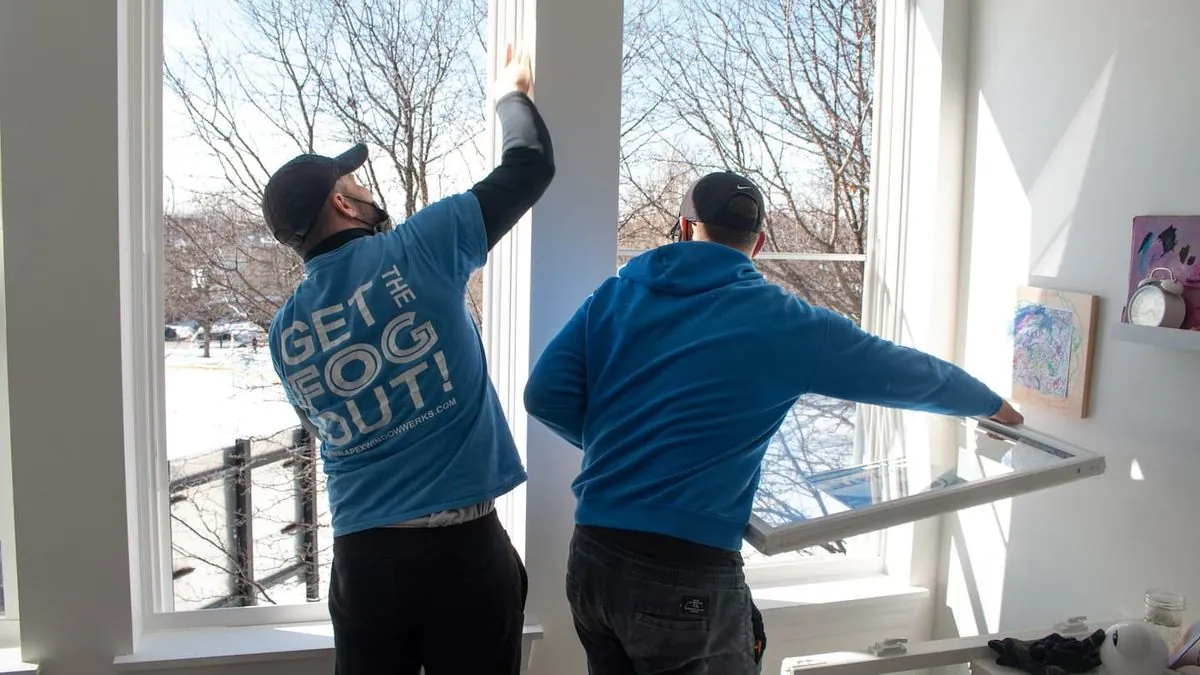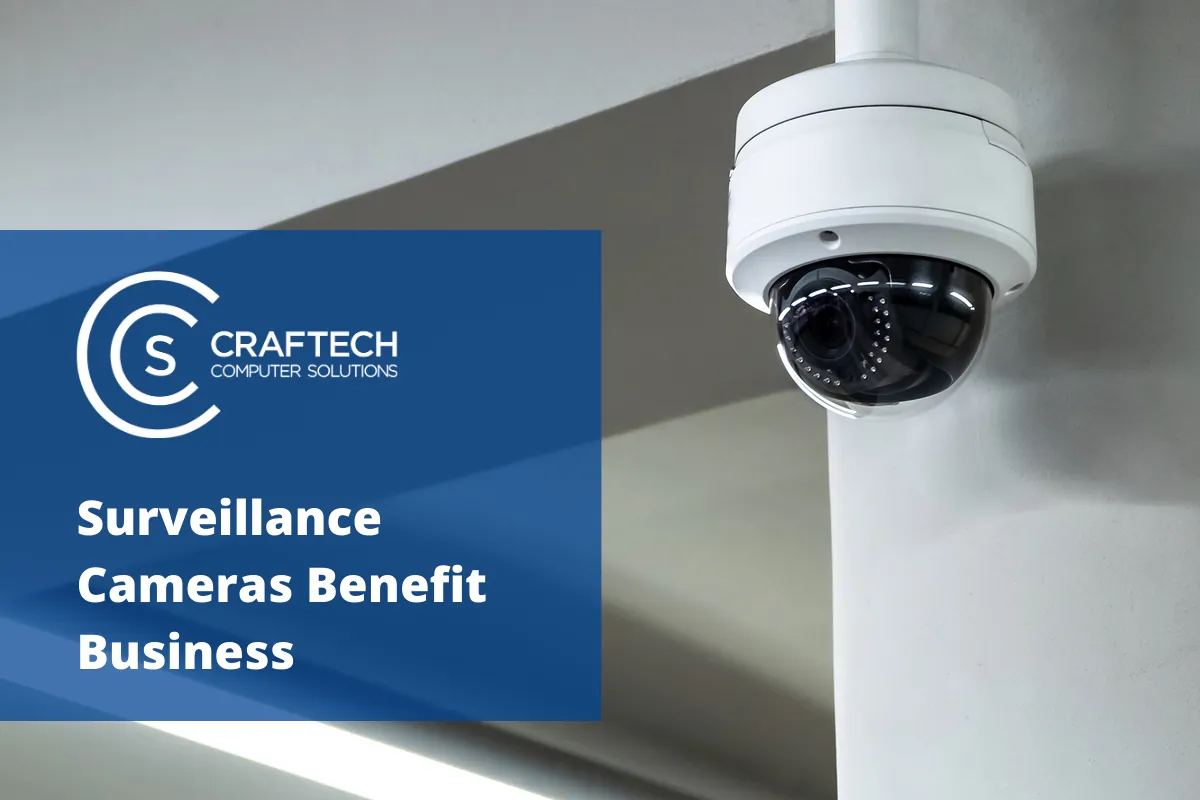Small Business Owners' Guide to Handling Break-ins and Thefts
Break-ins and thefts pose significant challenges for small businesses. Learn essential steps to take after an incident, including police reporting, insurance claims, and security enhancements to protect your business.

Break-ins and thefts remain a persistent concern for small businesses across all sectors. According to a 2022 U.S. Chamber of Commerce survey, over half of retail small businesses reported falling victim to shoplifting in the previous year. This prevalence underscores the importance of preparedness and proactive measures for small business owners.
Roxie Lubanovic, co-founder of Frostbeard Studio in Minneapolis, experienced a break-in at her candle-making studio in 2016. The incident, occurring over a holiday weekend, resulted in stolen equipment and supplies, as well as damage to locks and doors. While insurance covered the losses, the emotional impact was significant. Lubanovic noted, "The hardest part was feeling violated in a space we had put so much work into."

To effectively handle a break-in or theft, small business owners should follow these steps:
- Immediately notify the police and file a report
- Document the damage and inventory stolen items
- File an insurance claim with photos or receipts of stolen items
- Contact your bank to report the incident
- Communicate transparently with employees about the situation
- Analyze security weaknesses and implement necessary enhancements
- Update your business security plan and inform employees of changes
Rich Main, owner of Vista Glass in Tucson, Arizona, faced a similar challenge when his warehouse was broken into six months ago. The incident resulted in nearly $10,000 worth of stolen equipment and supplies, forcing a two-day operational halt. Main advises, "For other small businesses facing a similar situation, my advice would be to act quickly to secure your premises and reassure your customers."
"I also asked neighbors to keep an eye out, and had employees stagger their schedules for a while so someone was always present during business hours. Thankfully, we haven't had another incident since."
Enhancing security measures is crucial in preventing future incidents. Lubanovic upgraded her security system with cameras, new locks, and an alarm. She also emphasized the importance of building strong relationships with the local community and neighboring businesses, stating it "can be invaluable for support and vigilance."
Small business owners should be aware that some states offer financial assistance for security enhancements. For instance, New York's 2025 state budget will include a $5 million tax credit to help small businesses improve their security measures, such as installing cameras, and a $3,000 tax credit for retail theft prevention measures.
It's worth noting that proper lighting can reduce the likelihood of break-ins by up to 39%. Additionally, the use of smart locks and access control systems is increasing among small businesses, providing enhanced security options.
Small business owners should also consider the potential long-term impacts of theft and break-ins. The average cost of a data breach for small businesses is around $200,000, and many small businesses fail within six months of a major theft or break-in. This underscores the importance of comprehensive security measures, including cybersecurity to prevent digital theft.
By implementing these strategies and staying vigilant, small business owners can better protect their assets and recover more quickly from potential break-ins or thefts.


































